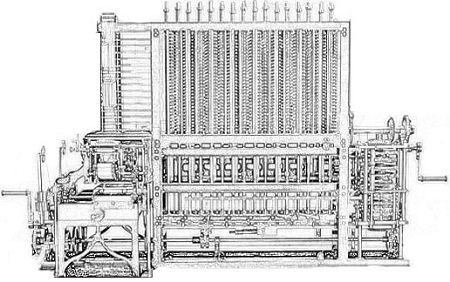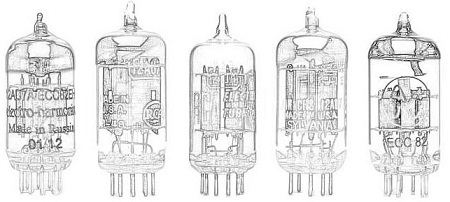The successful general purpose mechanical computers were developed. In 1930, mechanical calculations were built for automatic addition, subtraction, multiplication & division. A calculator is not a programmable device. The different eras of the Evolution of Digital Computers are listed below:
(1) Mechanical Era : There were many attempts to create a m/c that could help to perform various calculations. In 1823, Charles Babbage tried to build a mechanical as computing m/c capable of performing automatic mathematical calculations. This was designed to compute tables of functions such as logs functions etc. In 1830’s Babbage made a more powerful mechanical computer. This m/c was designed to perform any mathematical calculation automatically.
It could perform addition etc. It had a memory unit. Its capacity was 1000 numbers, each no. consisting of 50 digits. The m/c was a programmable m/c. It had mechanism for enabling a program to change the sequence of its operations automatically. In the late 19th century punched cards were commercially used. Soon IBM was formed in 1924. Konand Zuse developed a mechanical computer, the Z1, in 1938 in Germany.

(2) The Electronic Era : The first electronic computer using. Valves were developed by John V. Atanas off in the late 1930’s. It contained add subtract unit. It was relatively a small computer and used about 300 valves. Its memory unit consisted of capacitors mounted on a rotating drum. It used a no. of I/O devices including a card punch and a card reader. The first popular general electronic digital computer was the ENIAC (Electronic Numerical Interpreter and calculator). John von Neumann was the consultant of the ENIAC project.
The ENIAC used a high speed memory to store both programs as well as data during program execution. Neumann and his colleagues designed and build the IAS Computers. It used RAM consisting of a cathode ray tube. The transistors were invented in 1948 at AT&T bell laboratories. Slowly they replaced Vacuum tubes. IC’s were first introduced, ie, designed and fabricated in 1958-59. The examples of computers using IC’s are-: IBM – 370 & PDP-8. In 1970 LSI chips were introduced is form of memory units. Computers built in 1970’s & onwards used micro process and other LSI, VLSI and ULSI components. 
 Dinesh Thakur holds an B.C.A, MCDBA, MCSD certifications. Dinesh authors the hugely popular
Dinesh Thakur holds an B.C.A, MCDBA, MCSD certifications. Dinesh authors the hugely popular